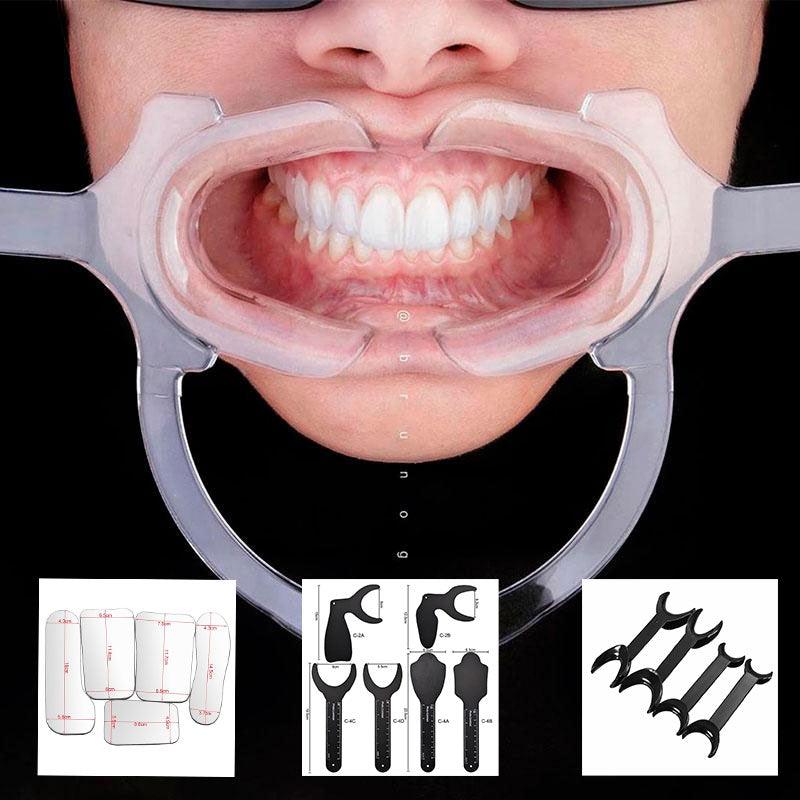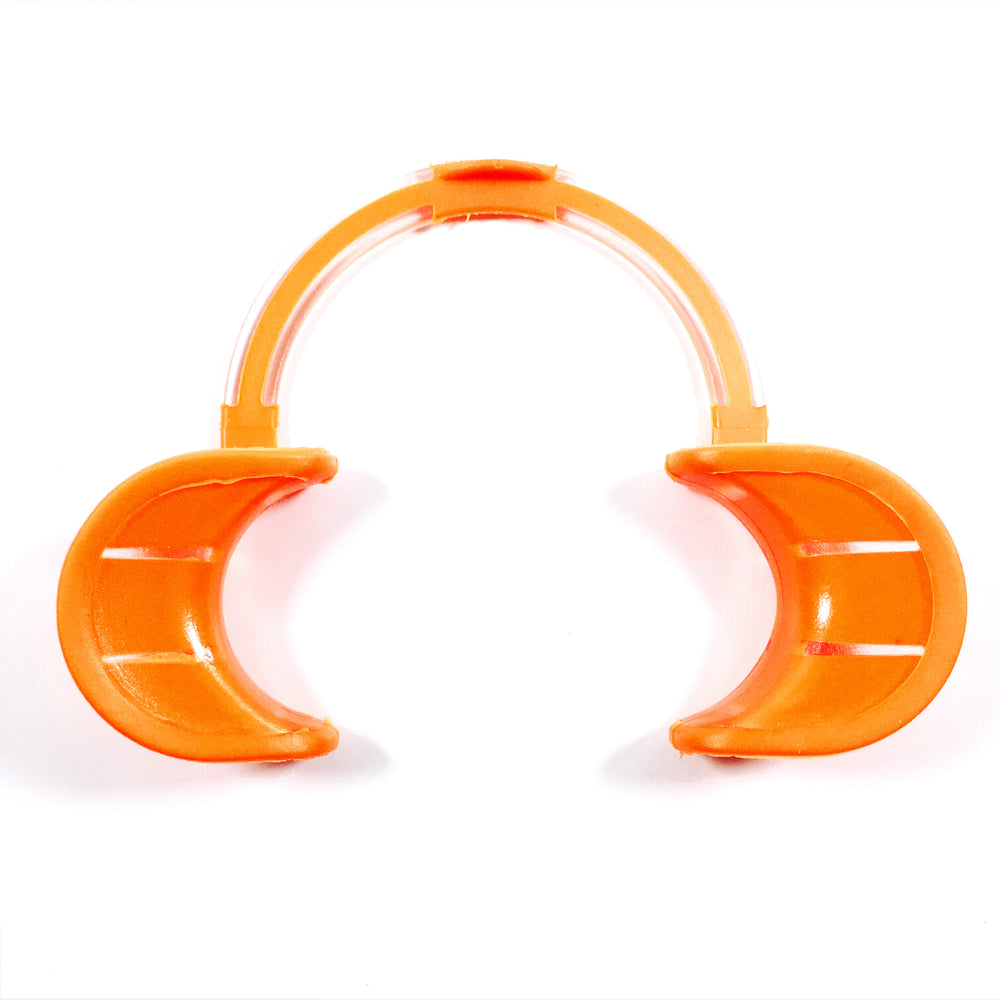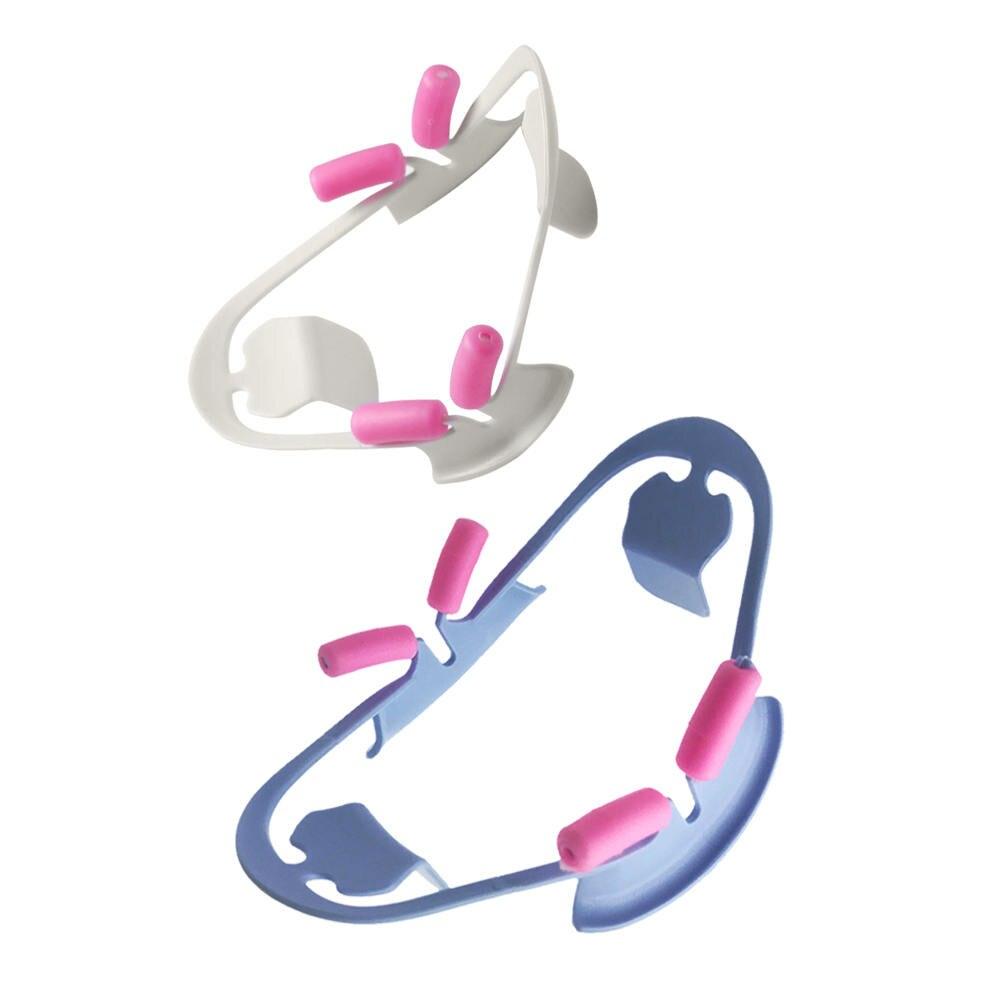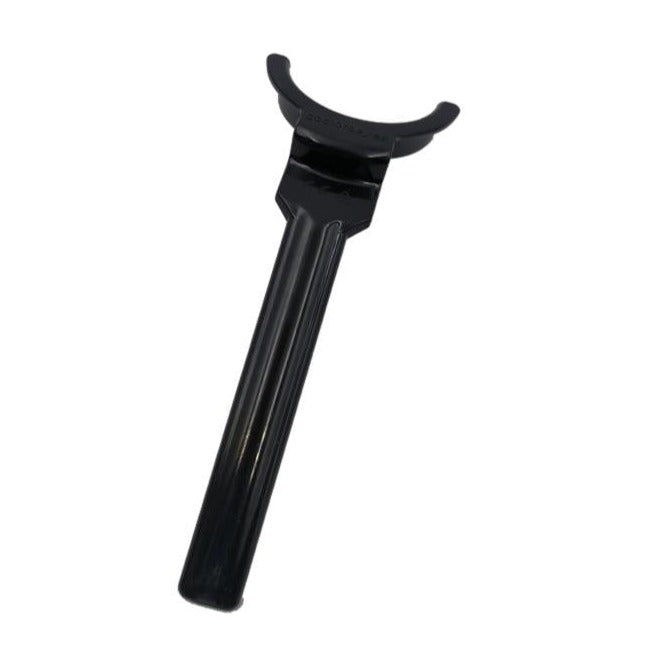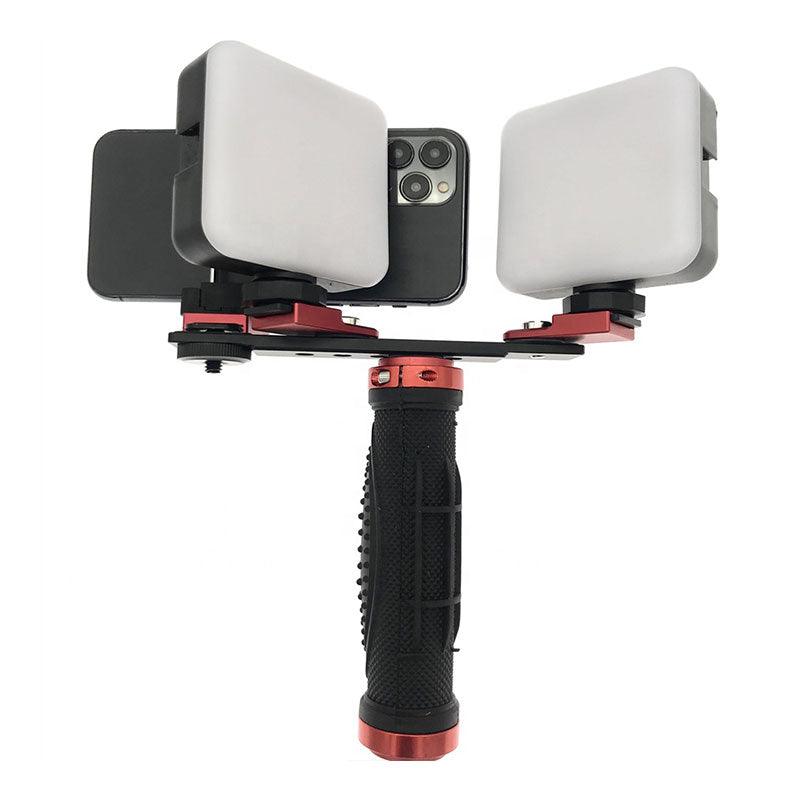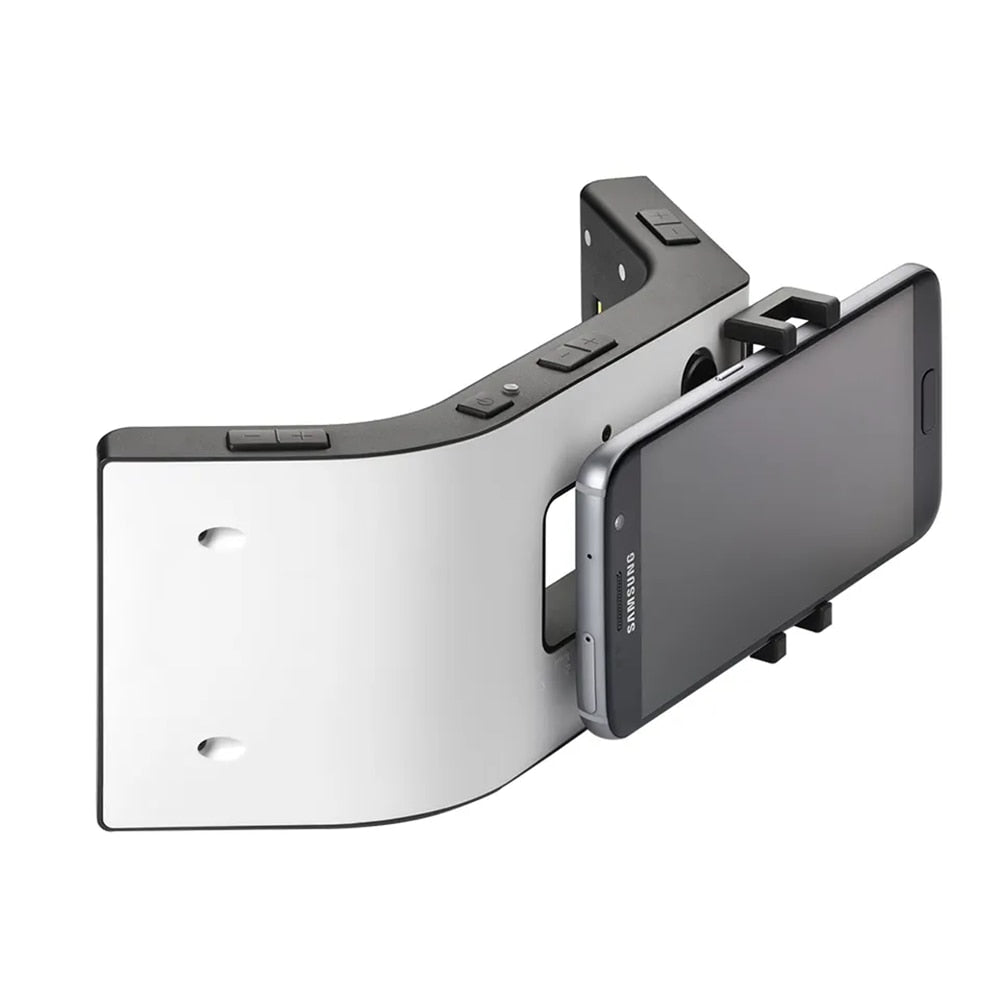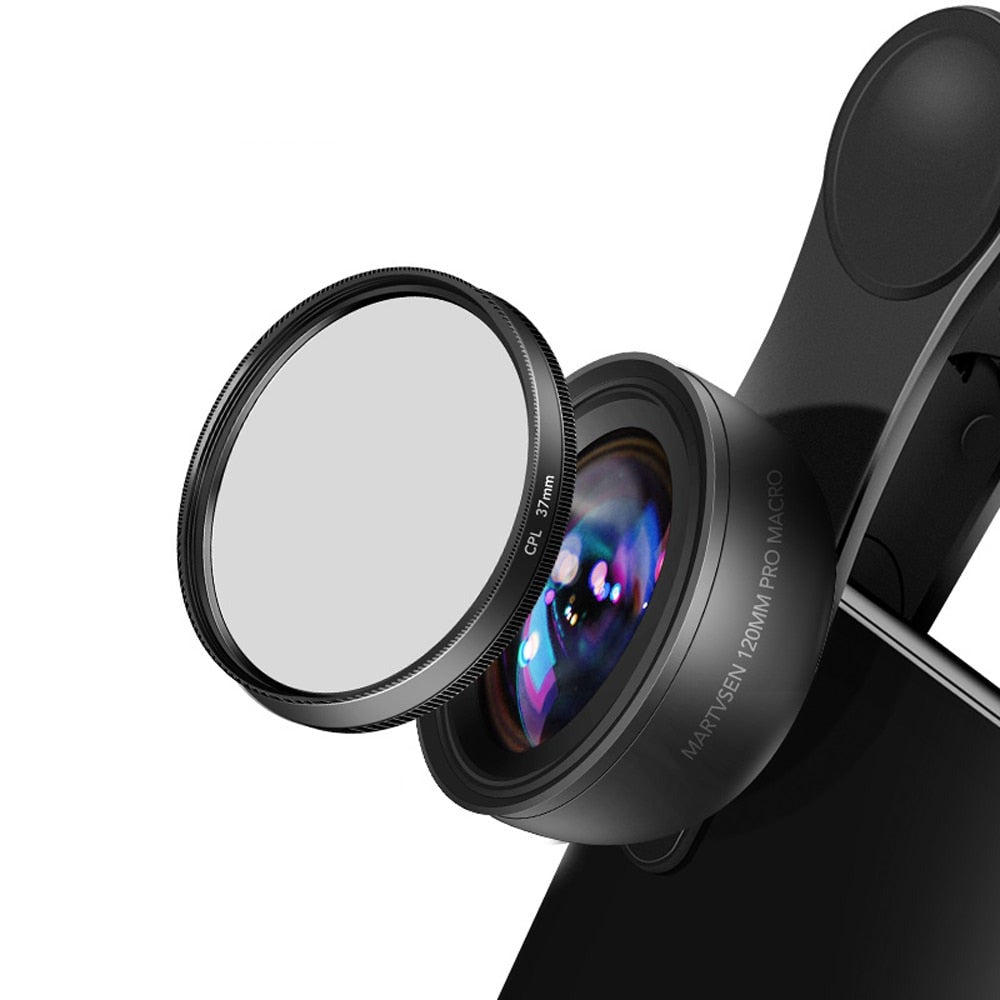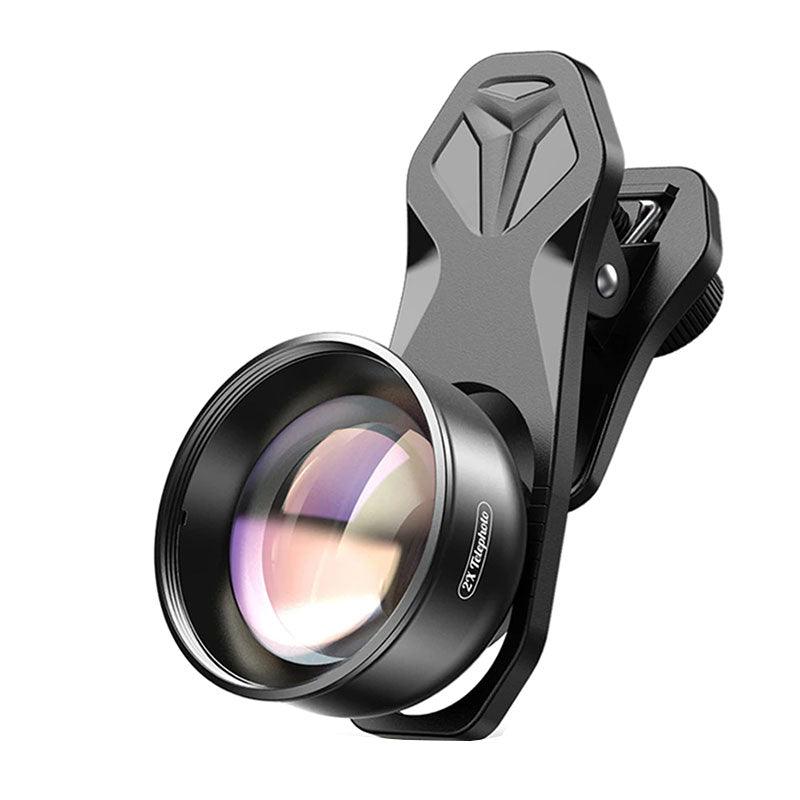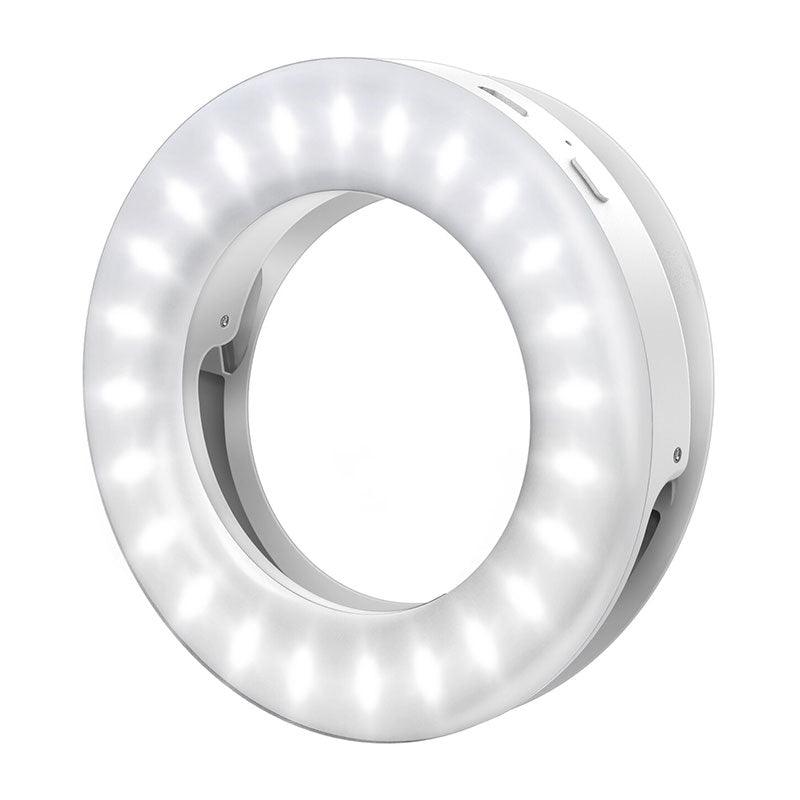Dental photography goes beyond its artistic and diagnostic applications – it holds a significant role in legal cases and dental practice documentation. The meticulous capturing of dental scenarios can serve as invaluable evidence in legal proceedings and contribute to comprehensive patient records. In this article, we will explore the practicality of dental photography in legal cases and practice documentation, offering life hacks and insights to ensure accurate and effective image documentation.
The Legal Importance of Dental Photography:
In legal cases and dental practice, well-documented images can make a crucial difference, serving as reliable evidence and comprehensive records.
1. The Role of Dental Photography in Legal Cases:
Dental photographs can provide visual evidence in cases involving personal injury, malpractice, accidents, and disputes.
Life Hacks for Legal Cases:
1. Consistent Before-and-After Images: Capture detailed before-and-after images to demonstrate the impact of dental procedures, ensuring a clear visual record of changes.
2. Legal Admissibility and Accuracy:
When dental photography is used as evidence, its accuracy and admissibility become paramount.
Life Hacks for Accuracy and Admissibility:
1. Metadata Preservation: Ensure the preservation of metadata, including date, time, and camera settings, to validate the authenticity of the images.
2. Standardized Scale: Include a standardized scale or ruler in images to provide a reference for accurate measurements.
3. Documenting Dental Trauma and Injuries:
Dental photographs can play a crucial role in documenting injuries and trauma, contributing to the assessment of damages.
Life Hacks for Documentation of Injuries:
1. Multiple Angles: Capture injuries from multiple angles to provide a comprehensive view for legal assessment.
2. Progressive Documentation: Document the progression of healing and treatment to showcase the full scope of the injury's impact.
4. Comprehensive Patient Records: Practice Documentation:
Dental photography is essential for creating thorough patient records that document treatment, conditions, and progress.
Life Hacks for Practice Documentation:
1. Consistent Set-Up: Maintain a consistent photography set-up to ensure uniform images that accurately reflect the patient's condition over time.
2. Sequence Photography: Use sequence photography to document step-by-step procedures, enhancing the completeness of patient records.
5. Patient Consent and Confidentiality: Ethical Considerations:
When using dental images in legal cases and practice documentation, patient consent and confidentiality must be respected.
Life Hacks for Patient Consent and Confidentiality:
1. Informed Consent: Obtain written informed consent from patients for the use of their images in legal cases or documentation.
2. Privacy Measures: Take precautions to de-identify or anonymize patient images when necessary to protect their privacy.
Dental photography is a powerful tool that extends its reach into the legal arena and practice documentation. By adhering to the life hacks discussed in this guide, dental professionals can harness the potential of dental images to serve as vital evidence in legal cases and contribute to comprehensive patient records. In an age where visual evidence holds immense weight, accurate, well-documented images can provide clarity, authenticity, and support in legal proceedings and ethical practice documentation.




